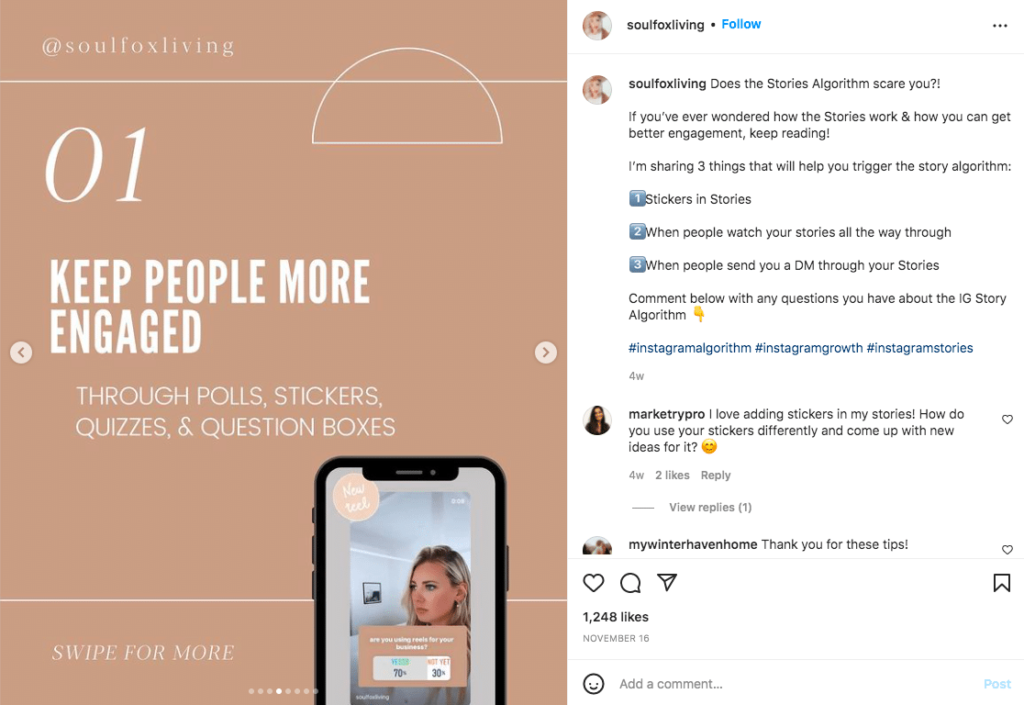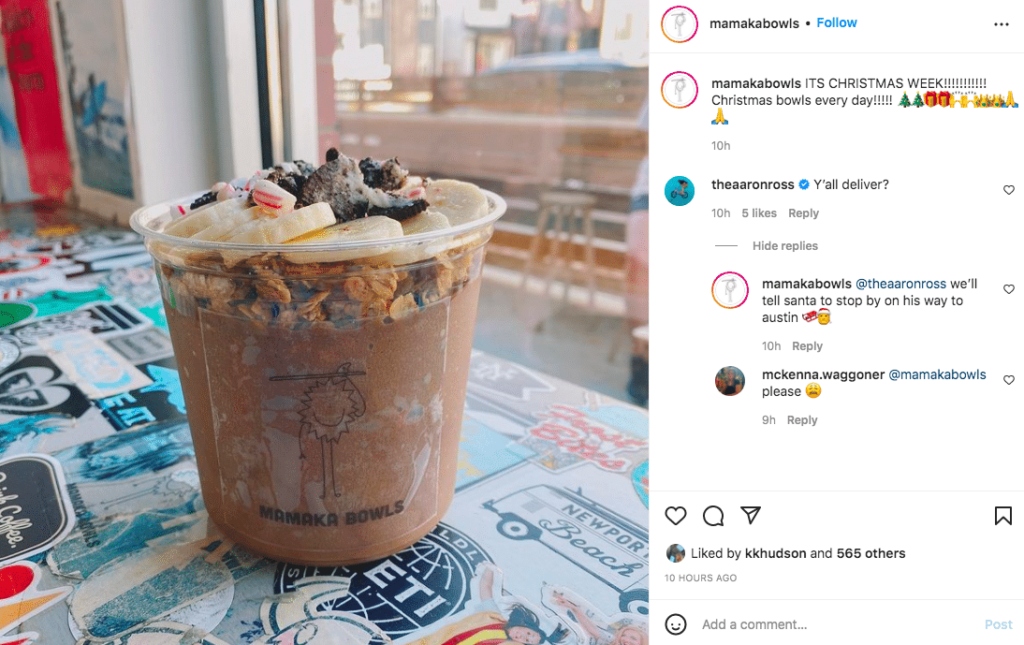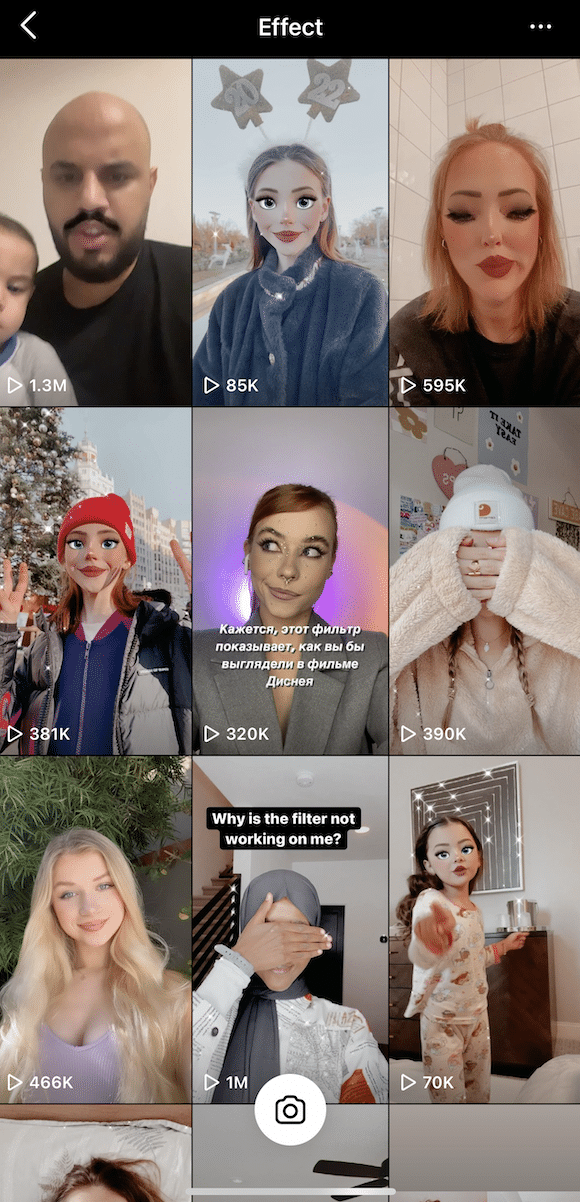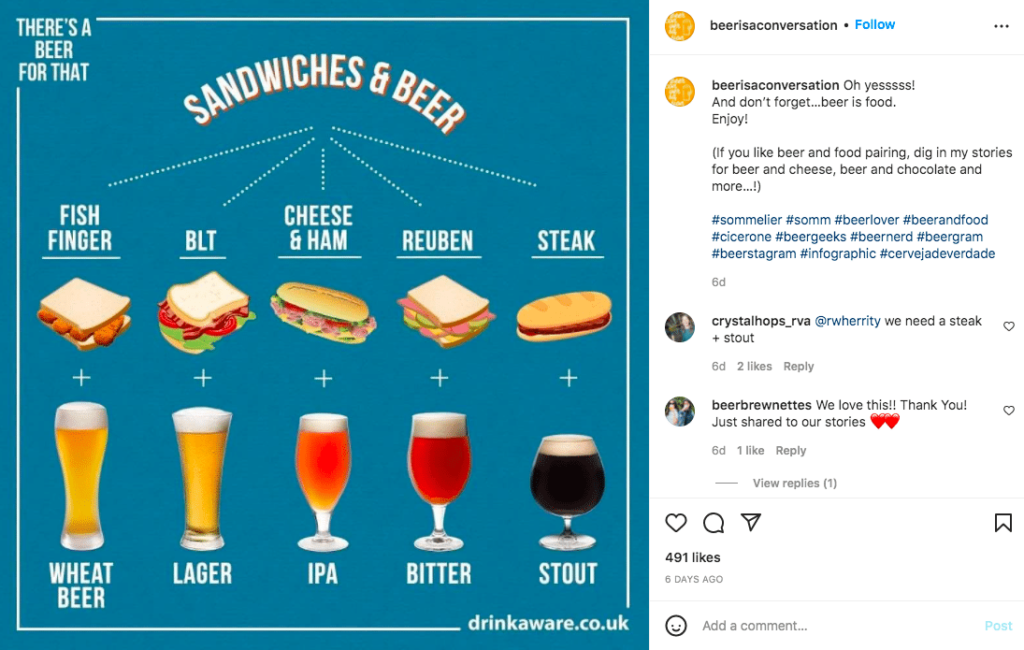No matter how long you’ve been on the platform, chances are you’ve heard someone talk about the Instagram algorithm.
Whether they’re praising it for helping them go viral, blaming it for their lack of engagement, or just wondering how it works, it’s something that many people tend to discuss when they’re creating an Instagram marketing strategy.
The Instagram algorithm can help you improve your engagement on your posts, increase your reach and even get more Instagram followers.
But truthfully, many marketers, businesses, and Instagram users don’t know or understand how the algorithm works.
Today we’re going to spend time talking about all things algorithm so you can know what it does and why it does it. Not only will this help you tailor your Instagram marketing strategy, but you can also impress your friends with your new knowledge.
Organic Instagram Growth
Looking to get 1,000+ Real Instagram Followers?
No spam, no fake followers, no bots. Just pure organic growth powered by our cutting edge Artificial Intelligence technology.
- Real and engaging, no bots
- Results within a week
- Safe and secure
Instagram Algorithm: What Is It?
Let’s start with one of the most mind-blowing facts.
The Instagram algorithm isn’t actually a single algorithm. Instead, it’s a variety of algorithms, classifiers, and processes that work together to put the right content in front of the right people at the right time.
At the end of the day, that’s what the algorithm does. It doesn’t have ulterior motives and it doesn’t want to help or hurt your business, posts, and reach.
The goal of Instagram (and therefore the algorithm) is to ensure that its users enjoy their time on the app and spend more time there. After all, they spend more time scrolling they see more ads, which means more revenue.
So, the Instagram algorithm works to keep users on the platform and viewing the content they want to see so they won’t be tempted to leave the app.
The worst thing, in Instagram’s eyes, is for a user to be bored with the content they’re seeing.
This is where the algorithm steps into play.
The algorithm makes sure that users see what they want to see. In some cases, this is showing people posts by their close friends, connections, and users they interact with regularly.
For others, it’s showing them posts that Instagram thinks they’ll like or be interested in seeing. This is how they help increase the reach of certain posts.
We mentioned that Instagram has multiple algorithms and processes, so let’s dive a little deeper into them.

How Does Instagram Algorithm Work In 2025?
So, the algorithm is broken down into three different overarching categories.
Generally, people use different parts of Instagram differently, so the various algorithm processes reflect that.
There’s an algorithm process for the feed and Stories, one for the Explore page, and one for Reels.
Let’s take a look at each one in-depth.
Algorithm For Feed And Stories
Instagram’s Feed and Stories feature gives users’ favorited and followed accounts’ content priority, beginning with their most recent posts. The algorithm takes into account information about the post itself (such as its location and amount of likes), the engagement history of the poster, the user’s activity (liked posts), and the history of interactions between the user and the poster.
Anticipated user behaviour is used to predict whether or not people will interact with a post, how long they will stay on it, and whether or not they will visit the poster’s profile. The program does not display successive postings from the same user in order to preserve variety.
An important note: as Instagram continues to place an emphasis on accurate information, it’ll rank posts that have been marked as false by third-party fact-checkers lower.
How Instagram’s Explore Algorithm Affects Content Visibility
If too many posts are marked as false, the algorithm will make that person’s content much more difficult to find on the app.
Instagram’s Explore page is run by a different algorithm designed to present information that users would find interesting, regardless of who they directly know. While posts from known contacts are given priority in the Feed and Stories, the Explore algorithm concentrates on recommending new accounts and material based on user interaction and interest trends. It starts by looking at account names, hashtags, locations, and keywords related to content that the user has liked, seen, or interacted with in the past.
The system then makes recommendations for related material or looks through posts that other users who interacted with related content have also looked at. Post engagement speed, the user’s historical activity on the Explore page, their history of interacting with the account, and the account’s overall popularity are all important considerations.
Algorithm For Reels
Instagram’s Reels algorithm is designed to increase user engagement and enjoyment by featuring brief yet amusing videos. Reels encourages content discovery from profiles that users might not follow directly, much to the Explore tab algorithm.
It starts by looking at user feedback on Reels to see how viewers responded, such as whether they thought the clip was funny or engaging. Positive comments increase the likelihood of recommending reels to a larger audience. In addition, the system forecasts user behavior by estimating how likely it is that viewers would interact with and finish a Reel.
Instagram monitors whether users go to the audio page linked to a reel, suggesting that they could be interested in making material like to it.

8 Best Practices That Will Land You On The Good Side Of The Instagram Algorithm
Now that we’ve detailed the Instagram algorithm, let’s explore how to use this to gain its favor and get more exposure.
Improve Your Hashtag Strategy
Hashtags are important in general on Instagram, especially if you want to increase your reach.
When people search for hashtags, you want them to be able to find your post. But that’s the basic understanding that most people have about trending Instagram hashtags.
Hashtags can also help you win the algorithm game.

Earlier we said that the Explore algorithm works in large part by looking at other people who look at and engage with the same posts as a particular person.
Then, they’ll show that person other posts that those other people have looked at and liked. Many times, hashtags link these posts. In fact, the algorithm can also pull directly from hashtags that someone has engaged with and use that data to promote your posts to them.
Post High-Quality Posts To Get More Likes
One of the pieces of data the algorithms are looking for is how quickly people are engaging with it, as well as the overall engagement rate versus people who just looked at the post or scrolled past.
When you take the time to create excellent posts that people want to engage with, it helps your chances with the algorithm.
As your followers see your posts, they’ll be more likely to engage with them. This will signal to the algorithm that your post is interesting and they’ll be more likely to promote it.
Respond To Comments
Responding to comments is generally a good idea, even outside of appeasing the Instagram algorithm. When you respond to comments, you’re adding more comments to your post, which increases the engagement rate on it immediately.
Then, you’re also showing the algorithm that you’re present on the app and taking the time to engage with people who write comments for you. This is much better than simply scheduling the posts to go out and then never looking at them again.

Post Consistently
When you post on a regular basis, you’re showing the Instagram algorithm again that you create content on a regular basis.
They’ll be able to see how often you post, along with your engagement rate, and that’ll help you land on people’s feeds, Stories, Explore tabs, and Reels.
Remember, you don’t have to post every single day to post consistently. Instead, create a schedule that you’ll be able to stick to and post according to that calendar.
Organic Instagram Growth
Looking to get 1,000+ Real Instagram Followers?
No spam, no fake followers, no bots. Just pure organic growth powered by our cutting edge Artificial Intelligence technology.
- Real and engaging, no bots
- Results within a week
- Safe and secure
Take Advantage Of Instagram Trends
Trends are popular for a reason.
When people view a video or post that covers a particular trend, chances are high that they’ll want to see more posts about that same trend.
So, if you create a post taking advantage of that trend, you’re likely to land on someone’s page.

Apply Best Practices For Viral Marketing
There are many tips for creating viral posts, but there isn’t a hard-and-fast rulebook to follow that can guarantee you a viral post.
Some things you can try, though, include posting infographics, riddles, or motivational content, just to name a few.
The idea is that you want to create easily shareable content that people will want to repost to their Stories, save, and share with their friends. This will help spread your posts organically, and then the algorithm can step in and help from there.

Run A Contest Requiring Participants To Like, Follow, And Comment
Remember that a large portion of the data the algorithm uses to boost and recommend posts is based on engagement.
Consider running a contest to boost engagement on your posts, even if you’re not struggling to get likes and comments. By giving something away and prompting entrants to engage with your post, you’re likely to see a significant increase in engagement. Adding “follow” as a requirement can also help you gain additional Instagram followers. With more followers, there are more eyes on your feed and Story posts, increasing the chances of generating engagement that can positively impact other algorithms.

Determine The Best Time To Post
So when is the best time to post on Instagram? Well, in general, it depends on your industry, audience, and time zone.
The general rule of thumb is to post when your audience will be active on the app. This means they’ll be able to engage quickly and indicate to the algorithm that your post is interesting and worth recommending to others.
Timeline Of Instagram Algorithm Updates
The algorithm hasn’t always worked this way. In fact, Instagram is often making changes and updating the algorithm process. Here’s a brief history of the Instagram algorithm updates.
- 2010-2015: The platform displayed posts in the order that users published them, as no algorithm existed.
- 2016: The initial algorithm showed the “best” posts first.
- 2017: The algorithm evolved to better balance data like engagement, time spent, and timeliness.
- 2018: The algorithm began to feature highly visual Stories.
- 2019: The algorithm focused more on timeliness to posts published not only on the same day, but within a short window before the user opened the app.
- 2020: Previous interaction with accounts becomes important for the algorithm.
- 2021: Instagram shares that they have separate algorithms for Feed and Stories, the Explore tab and Reels.
- 2022: In order to encourage content producers to vary their formats, this year’s focus is on increasing the exposure of reels, IGTV, and carousel posts.
- In 2023, the algorithm prioritized content from friends, family, and close connections, encouraging meaningful interactions and reducing the display of low-quality or overly promotional content.
- In 2024, the algorithm prioritizes video content, favoring short-form videos, live streaming, and interactive features like surveys and Q&A sessions.
- In 2025, Enhanced Reels (3-minute limit, friend activity integration), AI-powered video editing (Meta’s Movie Gen), rectangular profile grids, keyword-based message filters, and AI doppelgangers for automated interactions.
Moving Forward With The Algorithm
You should now feel like you have a strong understanding of the Instagram algorithm.
Now you know how it (or they) works and what you can do to stay on the algorithm’s good side.
Before you create your next post, think through the eight tips we included here and see if your post meets each of their criteria.
Then, hit publish and start engaging with your followers.
From there, it’s time to see what happens.
Author
Nina Benson is an Instagram features enthusiast, always discovering new ways to use the platform’s latest tools. From Reels to Stories, she knows how to make every feature work for you. When Nina’s not exploring Instagram, you’ll find her sketching or curating her favorite playlists!
View all posts





